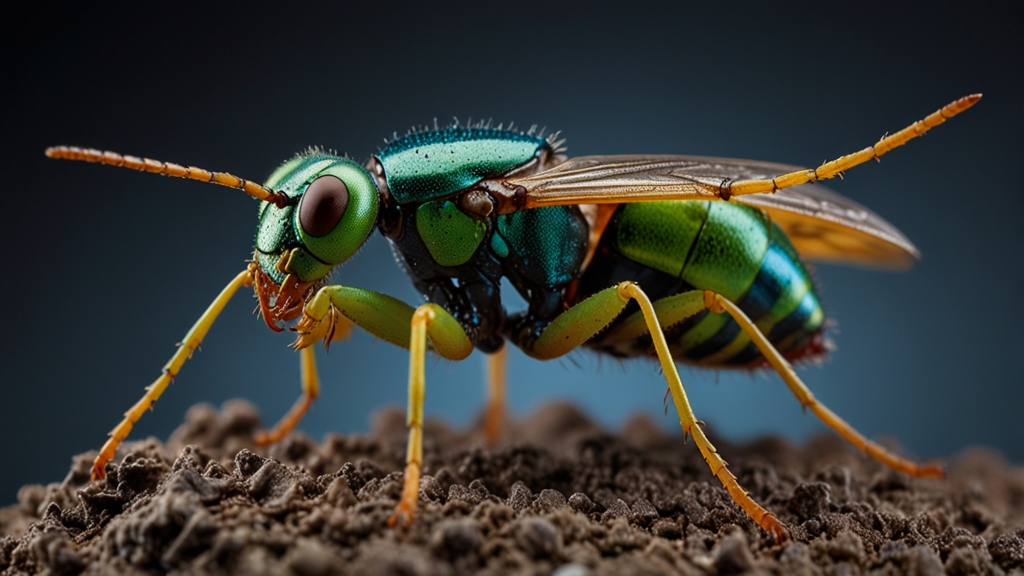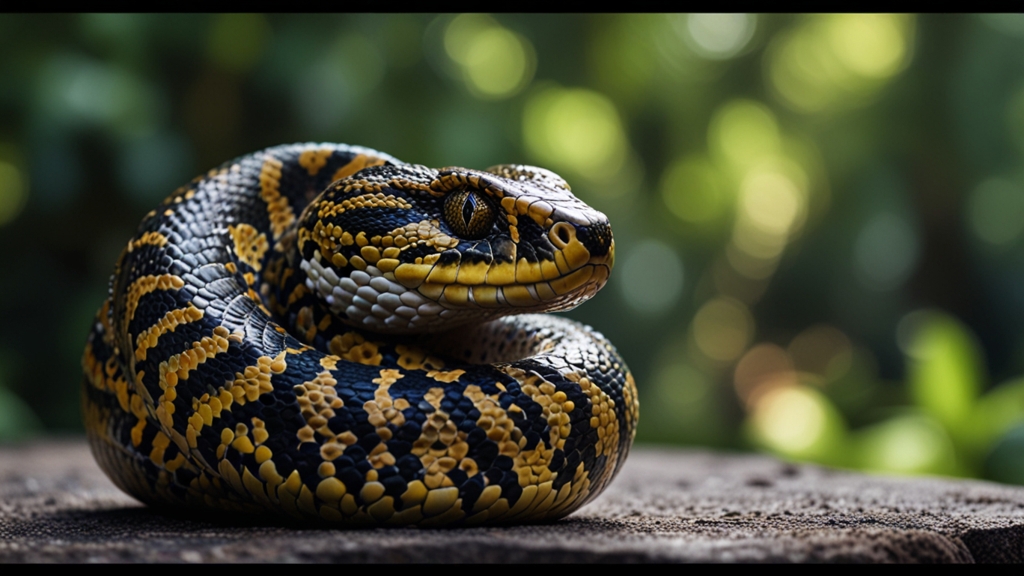Insects That Can Change Color: Nature's Masters of Disguise
In the diverse and intricate world of insects, certain species possess the extraordinary ability to change color. This unique adaptation serves various purposes including camouflage, thermal regulation, and communication. By examining a few of these remarkable creatures, we can appreciate the sophisticated mechanisms and evolutionary advantages that color-changing abilities provide.
The Chameleon of the Insect World: The Stick Insect
Stick insects, or phasmids, are masters of camouflage. They mimic the shape and color of twigs and leaves with astounding accuracy. Some species, such as the Timema, have developed the ability to change color to blend into their surroundings better. This ability not only helps them avoid predators but also aids in ambushing unsuspecting prey.
The mechanism behind their color-changing capability involves specialized cells known as chromatophores. These cells contain different pigments and can rapidly alter the insect's appearance in response to environmental stimuli like light, temperature, and humidity.
The Magical Mimic: The Dragonfly Nymph
Dragonfly nymphs, the juvenile form of dragonflies, are aquatic hunters that spend their early life underwater. They possess the incredible ability to gradually change color to match their surroundings. This transformation helps them evade predators and remain stealthy as they hunt for food in the murky depths.
"The dragonfly nymph's ability to change color underscores nature's ingenuity in equipping species with the tools they need for survival in various environments."
The color change in dragonfly nymphs is typically slower and more gradual compared to stick insects, but the result is just as effective. This adaptation ensures that as their habitat changes, their camouflage improves, significantly enhancing their chances of survival.
The Colorful Changer: The Flower Mantis
Flower mantises are a group of praying mantises that have evolved to look like flowers. One of the most notable species is the Hymenopus coronatus, also known as the orchid mantis. These insects are not only visually stunning but also adept at changing their color to match the flower they are imitating. This ability is primarily utilized for hunting, as they lie in wait for unsuspecting pollinators to come within reach.
"The flower mantis is a perfect example of how nature blends beauty with functionality, using color change as a dual-purpose tool for predation and protection."
The color change in orchid mantises is controlled by hormonal changes that are influenced by the insect's environment, such as the type of flower they inhabit and the light conditions. The result is an incredibly convincing disguise that not only protects them from predators but also makes them efficient predators themselves.
The Ingenious Imitator: The Leaf Katydid
Leaf katydids, belonging to the family Tettigoniidae, are insects that have taken mimicry to an art form. Their bodies resemble leaves so closely that it is almost impossible to distinguish them from real foliage. Certain species of leaf katydids can change their color to match the leaves of the plants they inhabit, helping them to avoid detection by predators.
This color change in leaf katydids is influenced by the light environment and the seasonal changes in leaf color. As leaves transition from green to brown in the autumn, so too do the katydids, ensuring their disguise remains effective throughout the year.
"The leaf katydid’s ability to change color according to the seasons exemplifies nature's dynamic approach to survival."
The intricate coloration and patterning of leaf katydids not only illustrate nature's complexity but also highlight the evolutionary pressures that drive such adaptations. By seamlessly blending into their environment, they can go about their lives with a reduced risk of falling prey to predators.
Conclusion
Insects that can change color are among nature's most fascinating and versatile inhabitants. From the stick insect's rapid adaptations to the gradual transformations of dragonfly nymphs, and the stunning mimicry of flower mantises to seasonally adaptive leaf katydids, these creatures showcase a remarkable range of survival strategies. Their ability to alter their appearance is a testament to the incredible adaptability and resourcefulness of life on Earth. By understanding and appreciating these remarkable adaptations, we gain insight into the complexities of the natural world and the evolutionary marvels it harbors.









